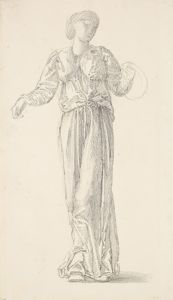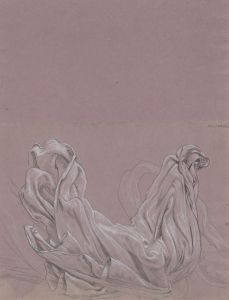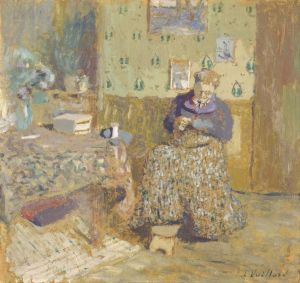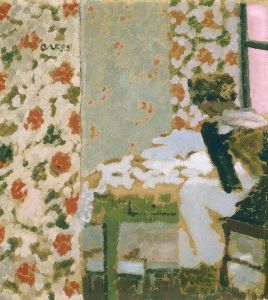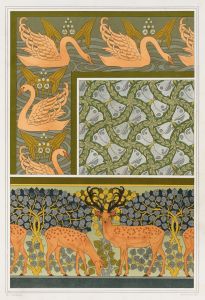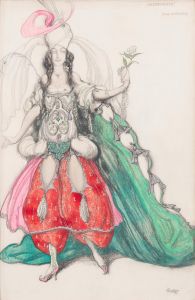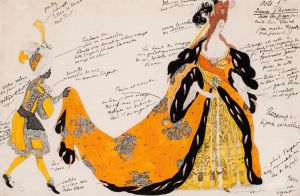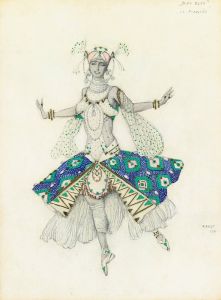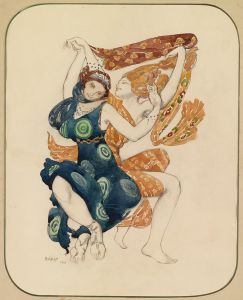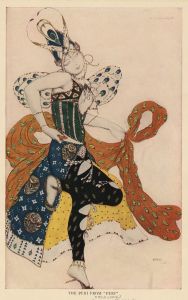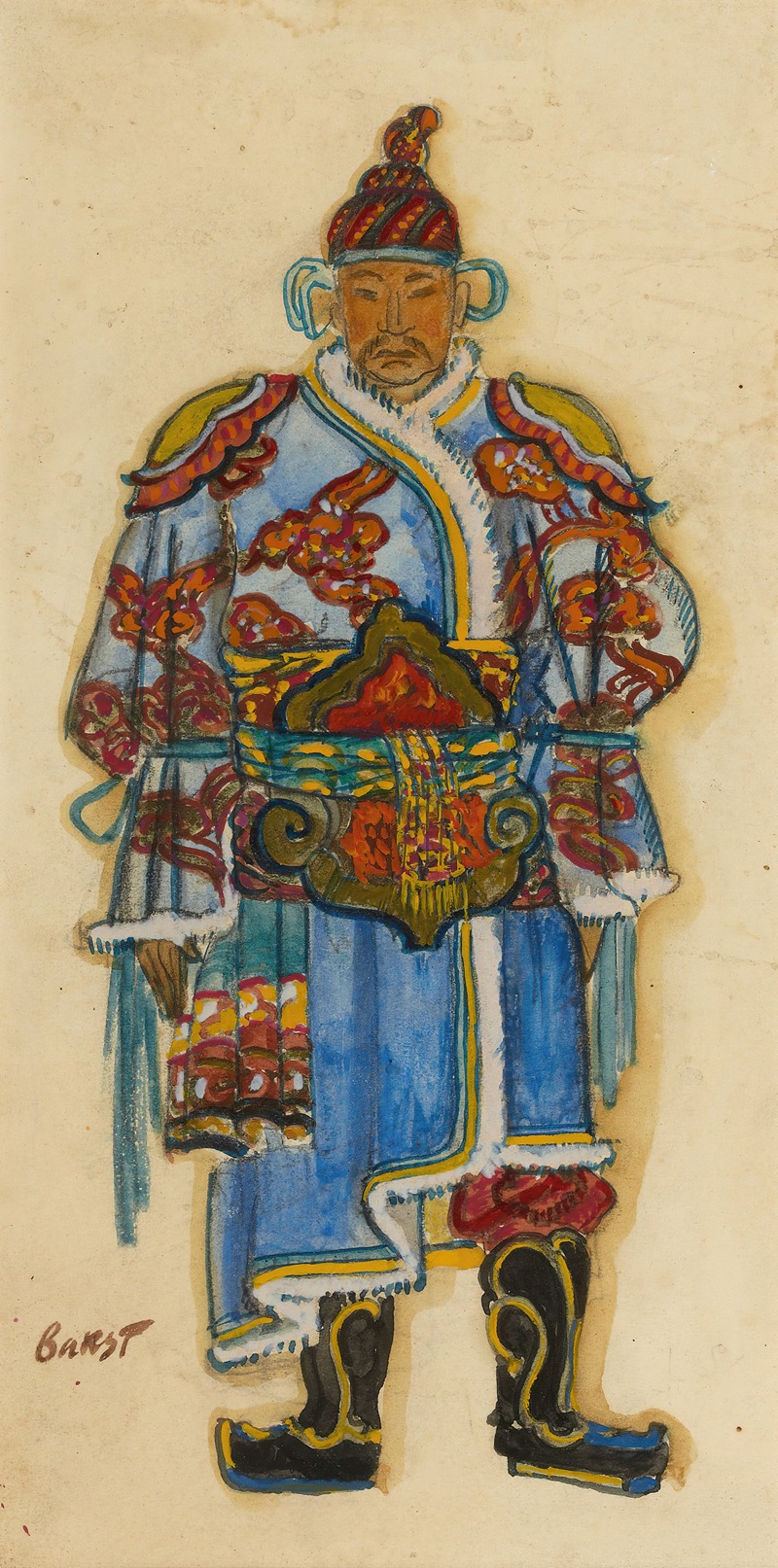
Oriental Costume Design
A hand-painted replica of Léon Bakst’s masterpiece Oriental Costume Design, meticulously crafted by professional artists to capture the true essence of the original. Each piece is created with museum-quality canvas and rare mineral pigments, carefully painted by experienced artists with delicate brushstrokes and rich, layered colors to perfectly recreate the texture of the original artwork. Unlike machine-printed reproductions, this hand-painted version brings the painting to life, infused with the artist’s emotions and skill in every stroke. Whether for personal collection or home decoration, it instantly elevates the artistic atmosphere of any space.
Léon Bakst, born as Lev Samoilovich Rosenberg in 1866, was a Russian painter and scene and costume designer, renowned for his work with the Ballets Russes, a groundbreaking ballet company founded by Sergei Diaghilev. Bakst's designs were instrumental in shaping the visual language of early 20th-century theater, and his influence extended beyond the stage to the broader world of fashion and art.
"Oriental Costume Design" by Léon Bakst is one of his many celebrated works that exemplifies his innovative approach to costume design. Bakst's designs were characterized by their vibrant colors, intricate patterns, and a blend of historical and exotic influences. His work often drew inspiration from the East, reflecting the Western fascination with Orientalism during this period. Orientalism in art refers to the depiction of Eastern cultures by Western artists, often romanticized and not always accurate, but it was a popular theme in the late 19th and early 20th centuries.
Bakst's "Oriental Costume Design" showcases his ability to merge fantasy with historical elements, creating costumes that were both theatrical and artistically sophisticated. His designs were not mere clothing but were integral to the storytelling of the performances, enhancing the narrative through their visual impact. The use of bold colors and luxurious fabrics in his designs helped to convey the opulence and mystique associated with Eastern cultures, as imagined by the Western world.
Bakst's collaboration with the Ballets Russes began in 1909, and he quickly became one of the most influential figures in the company. His designs for productions such as "Scheherazade" (1910) and "The Firebird" (1910) are particularly noted for their Oriental themes. In "Scheherazade," for example, Bakst's costumes were inspired by the tales of "One Thousand and One Nights," featuring rich textures and elaborate ornamentation that captivated audiences and critics alike.
The impact of Bakst's "Oriental Costume Design" extended beyond the theater. His work influenced contemporary fashion designers, who incorporated elements of his style into their own creations. The bold use of color and pattern seen in Bakst's designs resonated with the Art Deco movement, which was gaining popularity during the same period. His ability to blend different cultural influences into a cohesive aesthetic made his work timeless and continues to be studied and admired today.
Bakst's legacy in costume design is marked by his ability to transcend traditional boundaries, creating works that were not only functional for the stage but also works of art in their own right. His "Oriental Costume Design" remains a testament to his skill and creativity, reflecting a unique period in art history where the boundaries between different art forms were being explored and redefined.
In summary, Léon Bakst's "Oriental Costume Design" is a significant example of early 20th-century costume design, reflecting the era's fascination with Orientalism and the innovative spirit of the Ballets Russes. Bakst's work continues to be celebrated for its artistic merit and its influence on both theater and fashion.






